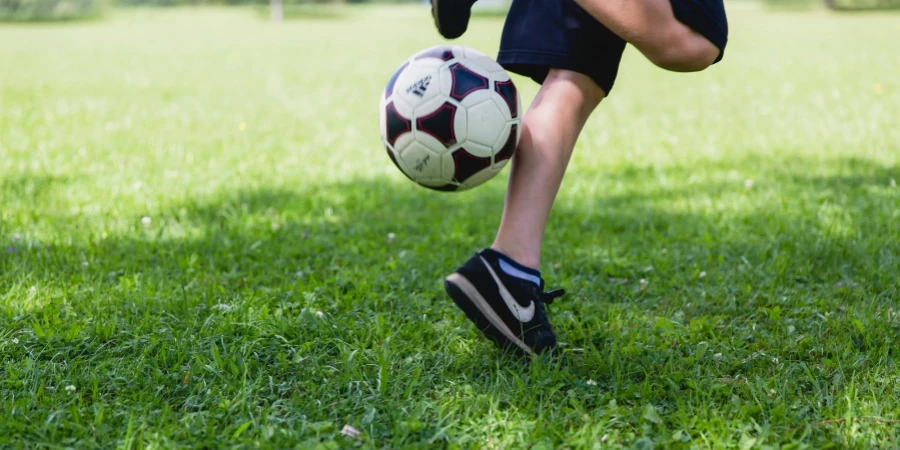Table of Contents
● Introduction
● A booming market: The growth and future of kids’ sports shoes
● Innovations in comfort and performance: How tech is changing kids’ footwear
● The power players: Top-selling models shaping market trends
● Conclusion
Introduction
Selecting the right sports shoes for kids goes beyond appearance, it’s essential for their performance, safety, and well-being. Well-fitted, supportive shoes help prevent injuries, especially as children are constantly active and their feet are still developing. From better grip during sports activities to improved comfort for long hours of play, the right footwear not only boosts confidence but also aids in fostering a healthy, active lifestyle for growing athletes.
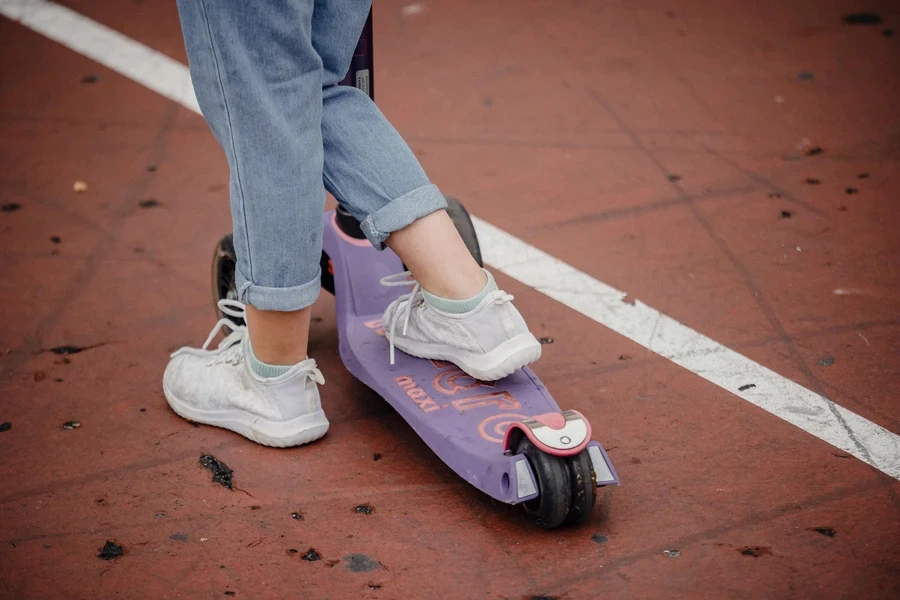
A booming market: The growth and future of kids’ sports shoes
The worldwide market for children’s sports footwear is expanding quickly due to a growing understanding of kids’ foot well-being and increased sports engagement. The market is currently valued at over $20 billion and is expected to grow steadily at a rate of 8.51% until 2028, bringing in approximately an additional $5.5 billion in revenue. The surge is driven by an enhanced emphasis on avoiding injuries, the necessity for long-lasting shoes, and the desire for trendy designs. The popularity of online shopping has also increased significantly as companies such as Nike, Adidas, and Skechers have embraced consumer approaches to meet the needs of today’s health-conscious parents, as reported by Technavio and Cognitive Market Research.
Over the years, technological advancements and an emphasis on product efficiency have greatly influenced the market. This has led to introducing products equipped with cutting-edge grip and posture support technology. Key industry leaders like Nike play a role in the market share and are expected to contribute to the anticipated market value of $20.4 billion by 2028. The Asia Pacific region is poised for rapid growth with a projected compound annual growth rate (CAGR) of 10.5% due to increasing demand from countries like China and India. According to reports from Technavio and Cognitive Market Research, studies confirm that parents are more inclined to purchase lasting and sturdy footwear for their energetic kids nowadays; these shifting consumer preferences have become a focal point driving the market growth.
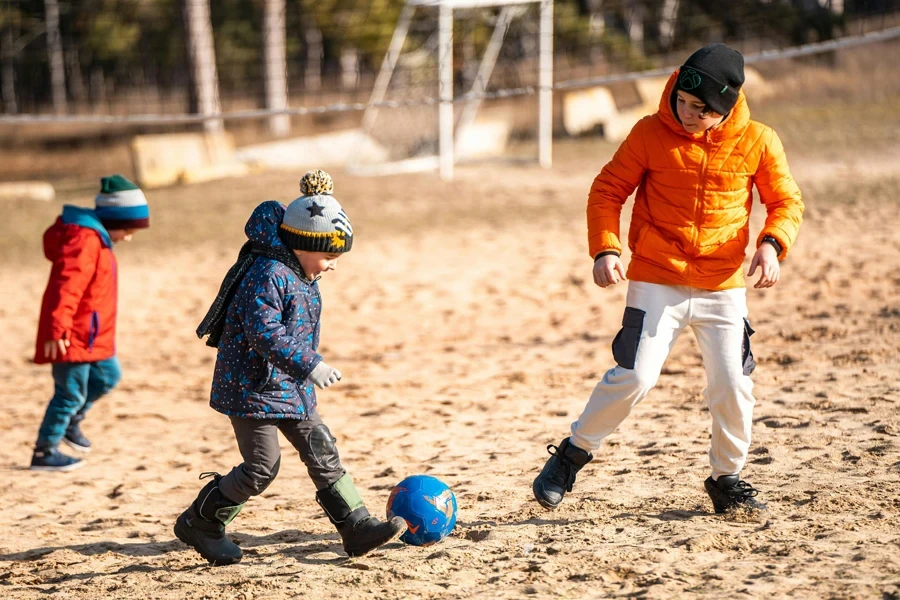
Innovations in comfort and performance: How tech is changing kids’ sport shoes
Recent developments in children’s sports footwear have significantly emphasized enhancing cushioning and shock absorption features to prioritize the comfort and safety of young athletes. Cutting-edge materials such as EVA foam and gel inserts are specifically engineered to absorb impact during physical exercise routines to alleviate stress on developing feet. According to SportsUncle, premium cushioning technologies like Yonex’s Power Cushion and Lining’s Cushion technology offer enhanced comfort by reducing shock while supporting intense movements. These advancements minimize injury risks, ensuring kids can perform without discomfort.
Arch and ankle support systems have also evolved, with manufacturers integrating designs that provide better stability and reduce injury. Shoes now feature reinforced ankle collars and midsole structures that help correct overpronation or supination. This support is especially important for children in sports like running, tennis, and football, where quick directional changes can cause ankle twists. According to Snowyavis, shoes with ergonomic designs that stabilize the heel and arch area boost athletic performance and offer long-term foot health benefits.
The shift towards sustainable materials in kids’ footwear is another key innovation driven by rising demand for eco-friendly products. Companies use recycled plastics, natural rubbers, and organic fabrics to create shoes that reduce environmental impact while maintaining performance standards. This trend appeals to environmentally conscious parents who seek durable, stylish, and sustainable options for their children’s footwear. According to Dinosaur PT, brands invest in materials that offer both durability and biodegradability, ensuring the shoes are as eco-friendly as they are effective.
Smart footwear for kids is an emerging trend, with features like fitness tracking and smart insoles incorporated into shoes. These shoes can track steps, monitor activity levels, and offer real-time data on a child’s foot health. Snowyavis mentioned that smart shoes are gaining popularity because of their ability to blend coziness with top-notch technology. This winning combo lets parents peek into their kids’ exercise routines and ensures they get the best possible support for their feet. There’s a lot of buzz around these developments in the children’s sports shoe industry that boosts practicality and fun in kids’ shoes.
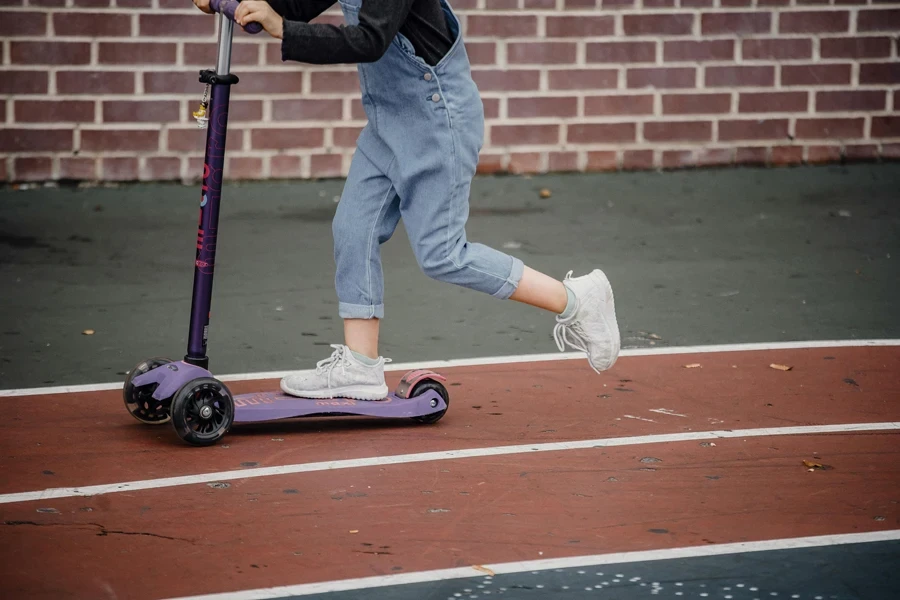
The power players: Top-selling models shaping market trends
Popular companies like Nike and Adidas are at the forefront of the children’s shoe industry by showcasing innovation and quality in their products for youngsters’ active lifestyles. The Nike Air Max series stands out for its cutting-edge cushioning technology that guarantees comfort and impact absorption. These characteristics attract a large following among aspiring athletes. On the other hand, Adidas remains a top contender with offerings like the Ultraboost, which boasts adaptable cushioning that molds to the wearer’s actions, offering a blend of stability and agility. Snowayvis mentioned that these two companies hold a big portion of the market due to their mix of features that improve performance and designs that attract parents and kids.
Some popular shoe models include Nike Air Max and Adidas Ultraboost because of their blend of style and utility, which sets them apart from the rest in the market. Nike Air Max integrates air pockets in its sole for excellent shock absorption, while the Adidas Ultraboost utilizes Boost technology to provide exceptional energy return that appeals to young runners. Skechers, another rising competitor, offers shoes with memory foam insoles that prioritize comfort, which has gained popularity among children seeking everyday athletic shoes. According to SportsUncle, the durability and comfort offered by these models are key factors driving their high sales figures.
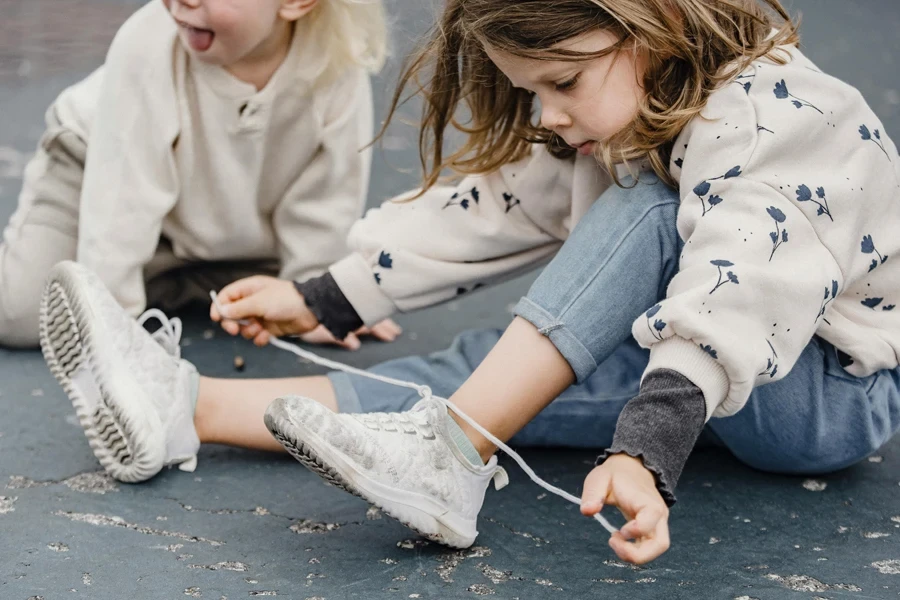
Consumer preferences are increasingly shifting towards shoes combining style and functionality, with a growing demand for customizable options. Parents are looking for shoes that provide support and personalization, whether through color choices, interchangeable soles, or other customizable features. As reported by Dinosaur PT, brands like Nike and Adidas have responded to this trend by offering customizable designs, allowing kids to choose color schemes and materials that reflect their individual preferences while maintaining essential support for sports and physical activities. This focus on customization is reshaping the market, encouraging brand loyalty and repeat purchases.
The growing demand for customizable features in kids’ footwear drives innovation across top brands. Nike’s Nike By You customization platform allows consumers to personalize various aspects of their shoes, from color choices to materials, giving kids a sense of individuality while ensuring the shoes meet their specific athletic needs. Adidas has similarly embraced this trend, offering unique design options for models like the Ultraboost, where kids can select different patterns, colors, and even soles. According to Dinosaur PT, this shift towards customizable designs is not just about aesthetics, it’s also driven by the desire for tailored fits that support foot health. They are particularly for growing children who may require different support structures based on their foot development and sporting activity.
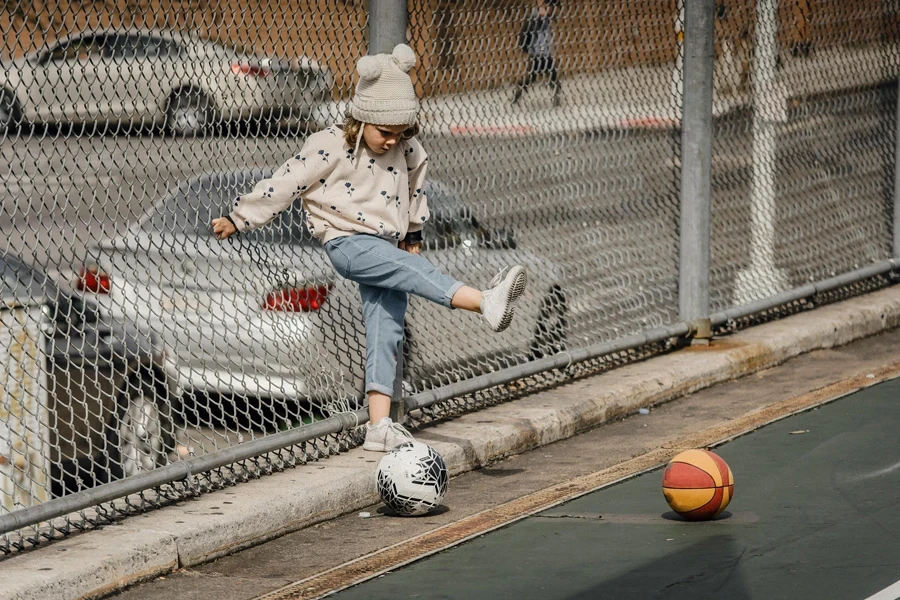
Conclusion
The market for children’s shoes is changing quickly due to advancements in technology and style that prioritize comfort and safety features like better cushioning systems and eco-friendly materials. Brands are also introducing shoes with tracking capabilities to enhance kids’ physical activities by merging technology with practicality. As demand for customizable and eco-friendly options grows, brands are continuously adapting to meet the needs of both parents and young athletes, ensuring long-term growth in this competitive market.
